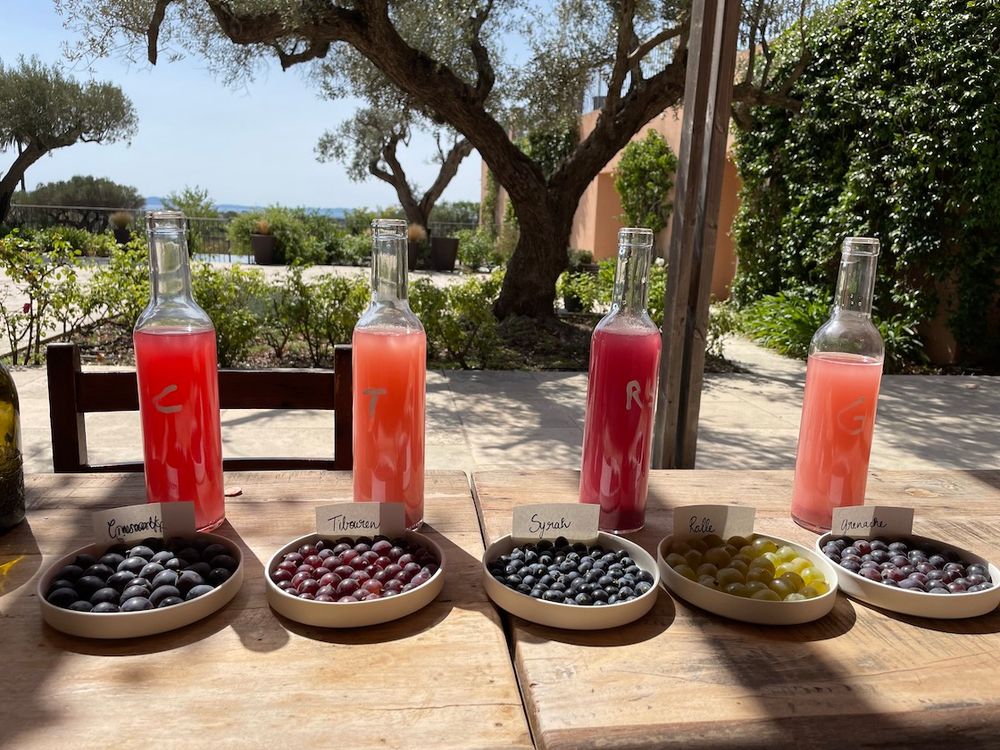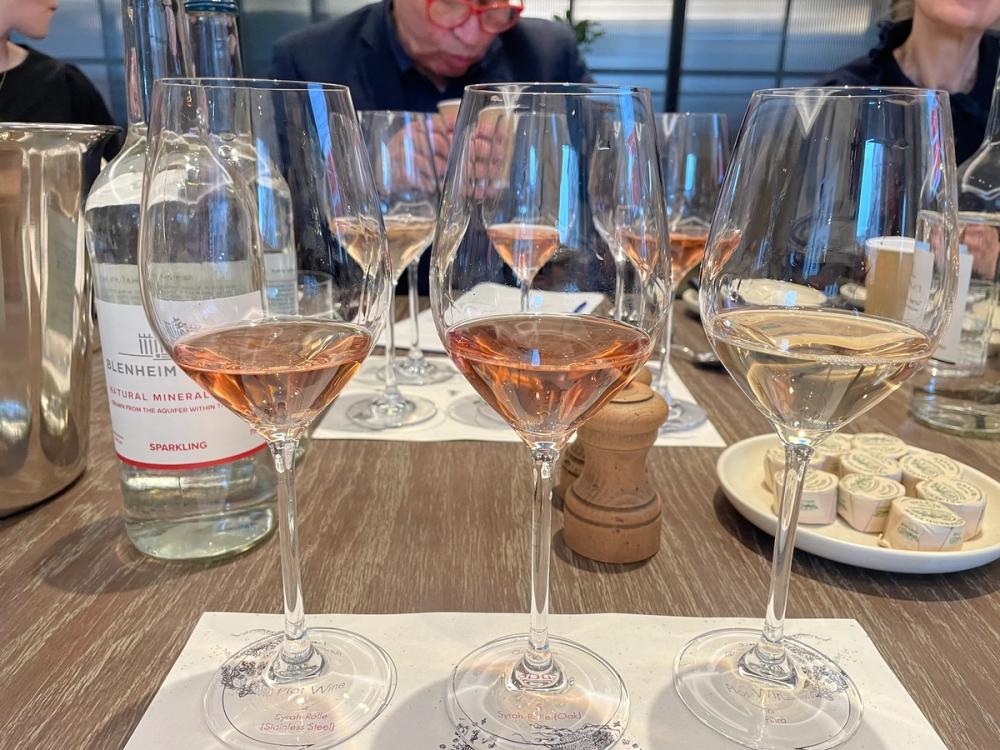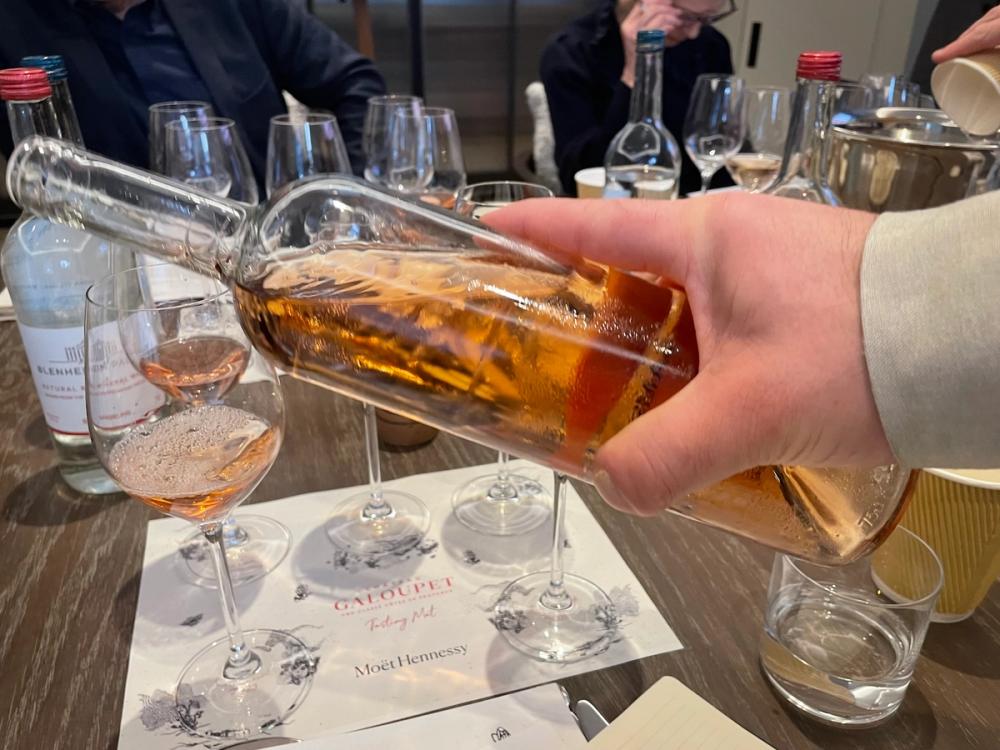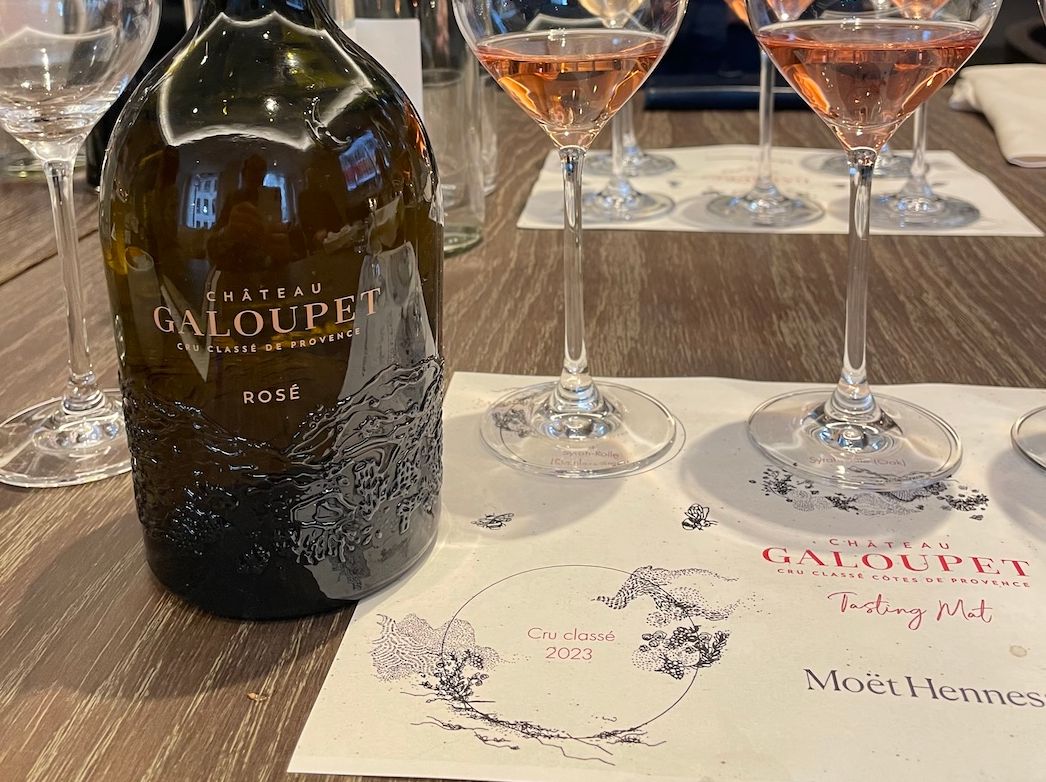Despite French red wine producers grubbing up vines, the country’s rosés are coming of age. For the likes of ultra-premium Château Galoupet, ageing rosé is now an established practice. And when the château shows off its single-estate 2023 wine to us, the estate director suggests that this vintage might go straight into the cellar for three years.
Château Galoupet, a cru classé estate down the coast from St Tropez, is probably the least well-known of three rosé producers acquired by Moét Hennessy, the other two being Château Minuty and Château d’Esclans (of Whispering Angel fame).
As with the others, the aim is to combine aspirational, luxury marketing and technically accomplished winemaking. Galoupet’s particular selling point is its near-obsession with its sustainability credentials on its 77-hectares of woodland and 69-hectares of vineyard in Provence. But, beyond that, it wants its wines taken with the same seriousness as accorded to the likes of good Bordeaux, thereby justifying a price tag of around €55 a bottle.

Nadine Fau, Galoupet managing director, and estate director, Mathieu Meyer
Hosting our lunch in London are Nadine Fau, managing director, and Mathieu Meyer, the estate manager. Last September, I met Fau and Meyere on a sublimely sunny harvest day at the château where we savoured the brightly coloured press from the principal grapes: Tibouren, Syrah, Rolle (aka Vermentino) and Grenache. Today, in rainy London, we taste the same samples, now transformed into “plot” or base wines. Luckily, chosen as the venue is the contemporary 1 Hotel Mayfair, where even the doormen look understatedly cool.
The silky textured Grenache is the backbone of this gastronomic rosé. The Tibouren, extrovert and troublesome to grow, adds ripe peach and helps with the ageing potential while the Syrah / Rolle blend adds to the complexity.

Brightly coloured press from last year's harvest of the principal grapes: Tibouren, Syrah, Rolle (aka Vermentino) and Grenache.
The vinification is meticulous. Some of the base wines are aged in oak (though you wouldn’t necessarily know), some in stainless steel. And each of the wines from the estate’s 40 sub-plots is painstakingly blended with yields from other plots, a process Meyer calls ‘millimetric blending’. The combinations for the assemblage must be endless.
So far, only one vintage, the 2021, has gone on sale in the UK market (ABV 14.0%, £48 a bottle from The Finest Bubble). The new 2023 wine - the first to be certified as fully organic - is the second.
So how are the wines tasting?

To get an idea about how well ageing suits these top-drawer rosés, it’s worth starting first with the 2023. The focus here is very much on fresh fruit, especially white peach and some more exotic notes of mango and pineapple. There are also citrus notes plus floral aromas and an appealing salinity.
Meanwhile, the 2021, which started with a similar flavour profile, has shifted markedly with cellaring. “We lose some of the fresh fruit with its place filled by dry flavours of cooked fruits and roasted almonds,” comments Meyer. That works well. An intensity remains - it’s just different.

Dry flavours of cooked fruits and roasted almonds replace fresh fruit in the Galoupet 2021
Meyer argues that over time, as the wine goes on this journey away from fresh fruit, new food pairings open up. There is the prospect of drinking the wine with steak or veal cutlets, for example.
A number of top British chefs have already been persuaded that the cru classé merits space in their restaurants, either as a by-the-glass offering or on the chef’s tasting menu. And Fau also explains that this summer they will be welcoming visitors to the estate for the first time. Once a young pretender, top-flight rosé is now in its pomp.
































